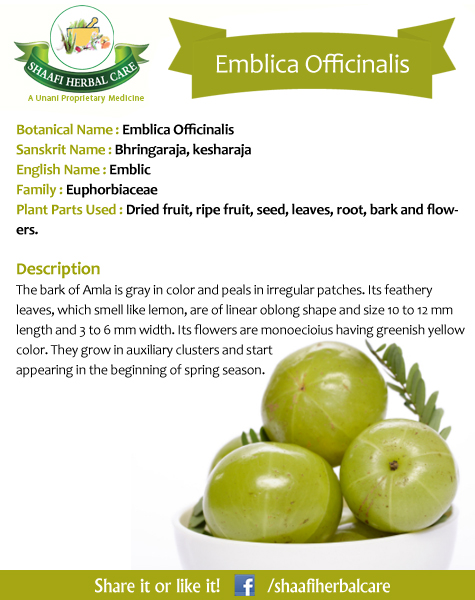
Health benefits of Bitter melon (Momordica charantia)
BITTER MELON AND DIABETES
The use of Bitter melon (Momordica charantia) for diabetes has been reported in the Ayurvedic and Chinese systems of medicine , but only explained since recently by scientists, who discovered someactive constituents present in Bitter melon that was able to act on a similar way as insulin, with the only difference that insuline stops the use of fat as an energy source by inhibiting the release of glucagon and Bitter melon inhibits key carbohydrate hydrolyzing enzymes as α-amylase and α-glucosidase . Image right: Momordica charantia by Kazuhiro Keino under Creative Common license.
The study showed how Bitter melon exerted an hypoglycemic action and could be studied as an alternative nutritional therapy in the management of diabetes , in fact Bitter melon (Momordica charantia) is used as antidiabetic plant because of its hypoglycemic effect . Studies have shown that Bitter melon (Momordica charantia) repairs damaged β-cells, increases insulin levels, and also enhance the sensitivity of insulin .
From the active constituents found in Bitter melon (Momordica charantia) thought to exert these hypoglycemic properties, namely charantin, momordenol and momordicilin, the study showed that momordicilin was found as the most active compound in the respective target site.
Karela (Momordica charantia) contains Gurmarin, a polypeptide considered to be similar to bovine insulin and has been shown in clinical studies to achieve a strong sugar regulating effect by suppressing the neural responses to sweet taste stimuli.
Additionally to Bitter melon (Momordica charantia) , other commonly used supplements making use of their hypoglycemic effects include emblica officinalis (gooseberry), fenugreek, green tea, and cinnamon, this last one used in many diets including teas of honey and cinnamon.
BITTER MELON FOR WOUND HEALING IN DIABETIC PATIENTS
Wound healing is a very complex process that requires different phases to take place in order, from haemostasis, to inflammation, proliferation and finally remodeling. In diabetic patients wound healing is grossly impaired and results many times in chronic wounds failing to heal. Some herbs as Bitter melon (Momordica charantia), Aloe vera, Calotropis procera, Portulaca oleracea, Acalypha langiana, Plagiochasma appendiculatum have been subject of study.
In studies done in diabetic rats, the application of Bitter melon (Momordica charantia) extract improved and accelerates the process of wound healing in diabetic animals.
ANTI-CANCER PROPERTIES OF BITTER MELON
Eleven active constituents isolated from Bitter melon (Momordica charantia) , including two new cucurbitanetype triterpene glycosides, one new sterol, were tested for their Cytotoxicity activities againstlung cancer cell line A549, glioblastoma cell line U87, and hepatoma carcinoma cell line Hep3B. Two of them exhibited significant cytotoxic activities against cancer cells two new cucurbitane-type triterpene glycosides, one new sterol.
BITTER MELON AND BREAST CANCER
Breast cancer is one of the most common cancers among women in the United States. One of the approaches to control breast cancer is prevention through diet, which inhibits one or more neoplastic events and reduces cancer risk [21].
As part of this approach some herbs, fruits and vegetables have been subject of study among scientists and researchers. In some cases, as for example with the use of Bitter melon (Momordica charantia) extracts, the resulsts of these studies have demonstrated certain effectiveness against breast cancer cells, MCF-7 and MDA-MB-231 cell lines, and the treatment of breast cancer cells resulted in a significant decrease in cell proliferation and apoptotic cell death, suggesting that the use of Bitter melon (Momordica charantia) can be used as a dietary supplement for prevention of breast cancer [21]. Image left: Bixa by Kazuhiro Keino under Creative Common license.
In another study, ribonucleases from Bitter gourd seeds reported also certain anti-cancer properties in some studies [20]. One of this studies, done on the effects of Ribonucleases from Bitter gourd seeds on breast cancer cells, showed that this plant may be a potential agent that could be exploited as a new worldwide agent against breast cancer.
BITTER MELON SEED OIL
Eleostearic acid (alpha-ESA) is a conjugated linolenic acid that makes up approximately 60% of Momordica charantia (bitter melon) seed oil. As studies on the subject showed that a water extract from bitter melon was able to inhibit breast cancer MDA-MB-231 and MDA-ERalpha7 human breast cancer cells, the alpha-ESA acid was also subject of study. The results showed that Eleostearic acid (alpha-ESA) can block breast cancer cell proliferation and induce apoptosis.


